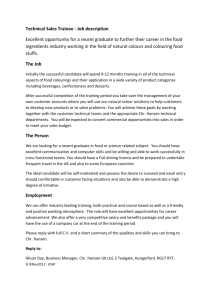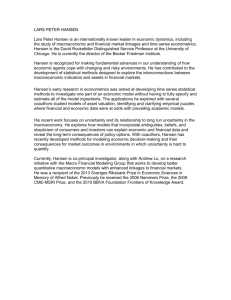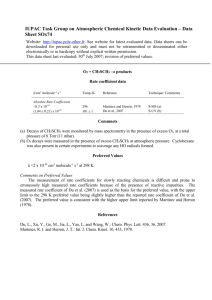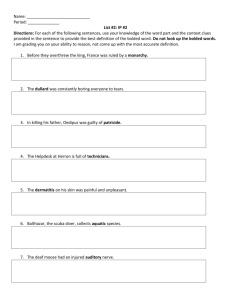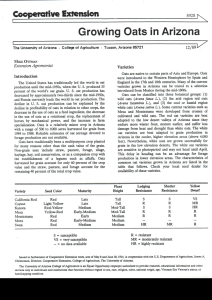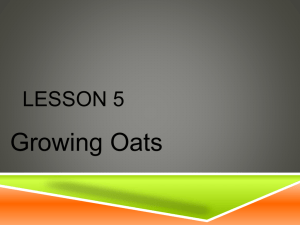Western Livestock Journal: New Oat Variety
advertisement
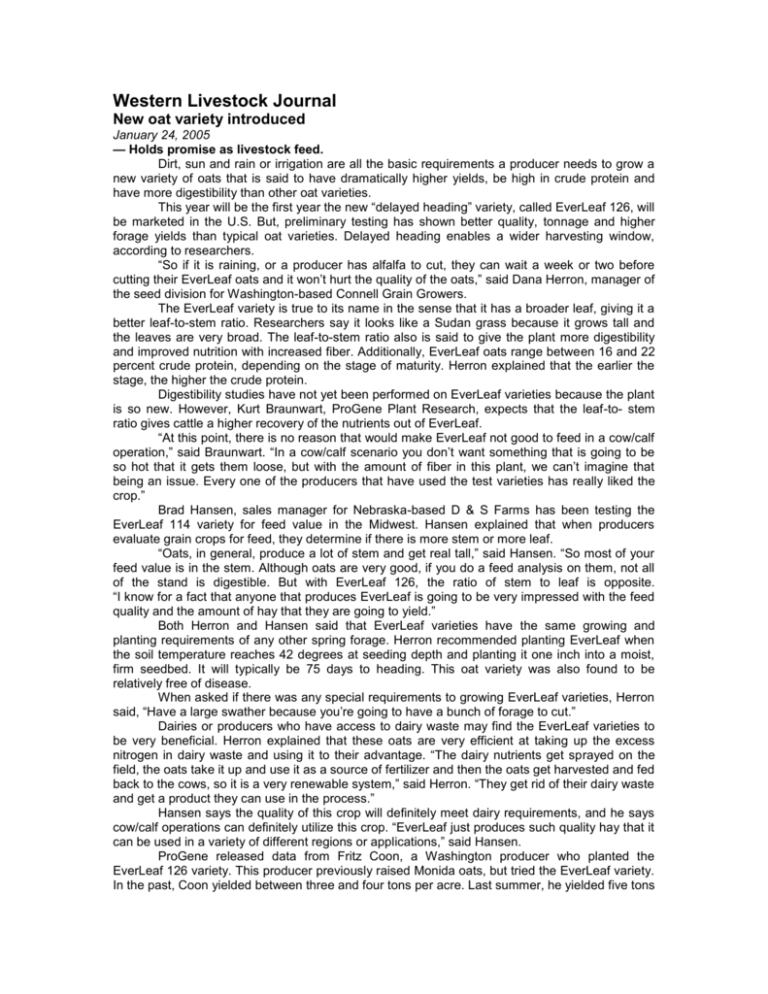
Western Livestock Journal New oat variety introduced January 24, 2005 — Holds promise as livestock feed. Dirt, sun and rain or irrigation are all the basic requirements a producer needs to grow a new variety of oats that is said to have dramatically higher yields, be high in crude protein and have more digestibility than other oat varieties. This year will be the first year the new “delayed heading” variety, called EverLeaf 126, will be marketed in the U.S. But, preliminary testing has shown better quality, tonnage and higher forage yields than typical oat varieties. Delayed heading enables a wider harvesting window, according to researchers. “So if it is raining, or a producer has alfalfa to cut, they can wait a week or two before cutting their EverLeaf oats and it won’t hurt the quality of the oats,” said Dana Herron, manager of the seed division for Washington-based Connell Grain Growers. The EverLeaf variety is true to its name in the sense that it has a broader leaf, giving it a better leaf-to-stem ratio. Researchers say it looks like a Sudan grass because it grows tall and the leaves are very broad. The leaf-to-stem ratio also is said to give the plant more digestibility and improved nutrition with increased fiber. Additionally, EverLeaf oats range between 16 and 22 percent crude protein, depending on the stage of maturity. Herron explained that the earlier the stage, the higher the crude protein. Digestibility studies have not yet been performed on EverLeaf varieties because the plant is so new. However, Kurt Braunwart, ProGene Plant Research, expects that the leaf-to- stem ratio gives cattle a higher recovery of the nutrients out of EverLeaf. “At this point, there is no reason that would make EverLeaf not good to feed in a cow/calf operation,” said Braunwart. “In a cow/calf scenario you don’t want something that is going to be so hot that it gets them loose, but with the amount of fiber in this plant, we can’t imagine that being an issue. Every one of the producers that have used the test varieties has really liked the crop.” Brad Hansen, sales manager for Nebraska-based D & S Farms has been testing the EverLeaf 114 variety for feed value in the Midwest. Hansen explained that when producers evaluate grain crops for feed, they determine if there is more stem or more leaf. “Oats, in general, produce a lot of stem and get real tall,” said Hansen. “So most of your feed value is in the stem. Although oats are very good, if you do a feed analysis on them, not all of the stand is digestible. But with EverLeaf 126, the ratio of stem to leaf is opposite. “I know for a fact that anyone that produces EverLeaf is going to be very impressed with the feed quality and the amount of hay that they are going to yield.” Both Herron and Hansen said that EverLeaf varieties have the same growing and planting requirements of any other spring forage. Herron recommended planting EverLeaf when the soil temperature reaches 42 degrees at seeding depth and planting it one inch into a moist, firm seedbed. It will typically be 75 days to heading. This oat variety was also found to be relatively free of disease. When asked if there was any special requirements to growing EverLeaf varieties, Herron said, “Have a large swather because you’re going to have a bunch of forage to cut.” Dairies or producers who have access to dairy waste may find the EverLeaf varieties to be very beneficial. Herron explained that these oats are very efficient at taking up the excess nitrogen in dairy waste and using it to their advantage. “The dairy nutrients get sprayed on the field, the oats take it up and use it as a source of fertilizer and then the oats get harvested and fed back to the cows, so it is a very renewable system,” said Herron. “They get rid of their dairy waste and get a product they can use in the process.” Hansen says the quality of this crop will definitely meet dairy requirements, and he says cow/calf operations can definitely utilize this crop. “EverLeaf just produces such quality hay that it can be used in a variety of different regions or applications,” said Hansen. ProGene released data from Fritz Coon, a Washington producer who planted the EverLeaf 126 variety. This producer previously raised Monida oats, but tried the EverLeaf variety. In the past, Coon yielded between three and four tons per acre. Last summer, he yielded five tons per acre off the same ground. This producer said he was able to sell some of the bales to Japan and sold the rest to dairies to balance out the export. He noted that a dairy broker sent someone out to pick a load right up out of the field before they could even get it to the stack yard. Overall, Coon was pleased with the crop and committed to planting it again next year. EverLeaf 126 can be grown ideally in any northern tier state, from Reno, NV, north to the Canadian border and all the way over to the Great Lakes, according to Herron. He added that EverLeaf oat varieties should not be planted in too southern of a latitude and gave a reference point of Redding, CA, north as on the safe side. EverLeaf 126 can be planted in any of these regions and is recommended for use in the Pacific Northwest. Crop researchers in the Midwest are still testing the 114 variety and hope to be marketing it soon. This variety is suppose to be more suited for states like Colorado, Nebraska or North Dakota. “The EverLeaf concept—delayed heading, improved leaf to stem ratio, high nutritional quality with the tonnage—is consistent wherever you go,” said Braunwart. “But, part of what is involved with this plant is day-length sensitivity, therefore varieties react differently. In other words, the day length in California is different than in Washington or in Nebraska, making varieties grow differently. Producers need to select the variety adapted for the geographic area they are in.” Additional information is available by contacting Herron at 800/572-5932 or Brad Hansen, D & S Hansen Farms at 866/268-1880. — Sarah L. Swenson, WLJ Associate Editor
